1. Building a solid foundation: essential pickleball volley techniques
Establishing a strong foundation is crucial for enhancing your volley skills on the pickleball court. This involves understanding the significance of proper stance, grip, and swing. Each component plays a vital role in ensuring that you are effectively prepared to engage in the game and make precise volleys when the opportunity arises.
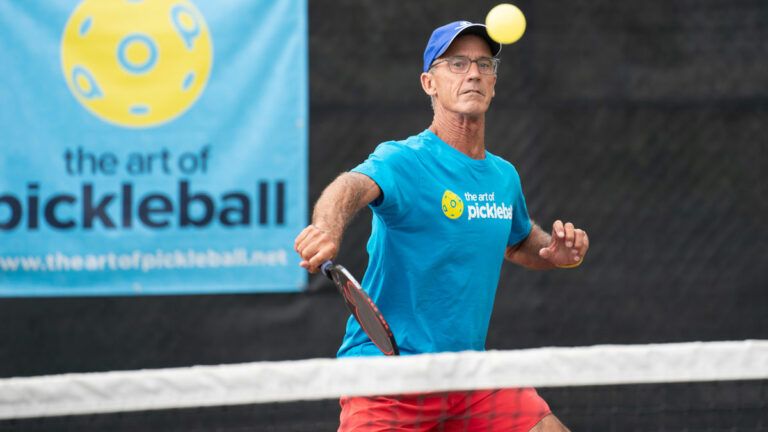
1.1 The ready stance: your foundation for success
The ready stance forms the backbone of any volleying strategy. By adopting an athletic posture, players can achieve a remarkable advantage on the court. Stand with your feet shoulder-width apart, which creates a stable base, and bend your knees slightly to lower your center of gravity. Leaning slightly forward not only improves balance but also enhances reaction time to incoming shots. This stance maximizes mobility, allowing players to slide or pivot to reach the ball effectively.
Moreover, weight distribution is crucial; keeping your weight on your toes prepares you for quick movements. Picture yourself as a cat poised to pounce alert and ready. The ready position is not merely a stance; it embodies the spirit of anticipation, preparing you to seize every opportunity that arises.
1.2 Grip it right: the continental grip for volleys
Understanding the correct grip is another critical aspect of executing successful volleys. The continental grip is widely recommended for volleying in pickleball as it offers the necessary versatility for both forehand and backhand shots. To adopt this grip, start by placing the base knuckle of your index finger on the second bevel of the paddle handle. Wrap your fingers comfortably around, ensuring that your grip is firm yet flexible.
The beauty of the continental grip lies in its adaptability. It allows for seamless transitions between various volley types, promoting fluidity in gameplay. This grip not only enhances control but also fosters confidence, as players feel empowered to execute technical shots with precision and finesse.
1.3 Short and sweet: mastering the volley swing
When it comes to volleying, swinging too big can lead to unforced errors. Thus, mastering a compact swing is paramount. Instead of a wide, sweeping motion, focus on executing a short and controlled “punch” or “push” motion. Your backswing and follow-through should be minimized to maintain control, allowing you to respond effectively to the ball’s trajectory.
Emphasizing a compact swing facilitates quicker reactions, enabling players to adapt to fast-paced gameplay. Visualize a chef deftly chopping vegetables precise, quick motions yield the best results. By mastering this technique, you will find your volleys improving significantly, making you a formidable presence at the net.
2. Paddle control: the art of consistent volleys
Having control over your paddle during volleys is essential for achieving consistency and effectiveness in your shots. Paddle positioning and angle can make a significant difference in the outcome of each volley. As you become more aware of how to manage your paddle throughout the swing, your ability to execute high-quality volleys will improve dramatically.
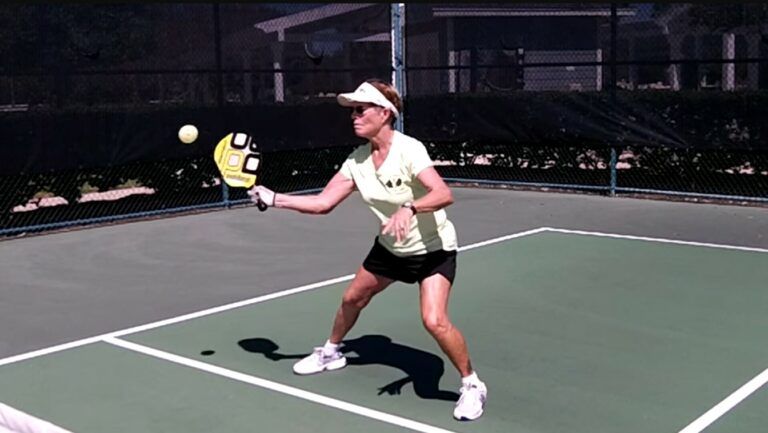
2.1 Stable and open: controlling your paddle face
A stable paddle face is critical for ensuring consistent shot execution during volleys. Aim to maintain a slight angle that keeps the paddle face open, allowing for better control over the ball’s trajectory. An open paddle face can also help in imparting the necessary spin and speed, which can make your shots more unpredictable to your opponents.
Consider this: the way a conductor leads an orchestra each movement a reflection of precision and intent. Your paddle face serves as your baton, guiding the ball and shaping the flow of the game. Mastering how to maintain this stability will elevate your game.
2.2 The sweet spot: finding your optimal contact point
Identifying the optimal contact point for your volleys is crucial for maximizing both power and control. The ideal contact zone is typically around waist height, where players can execute clean and effective strikes. Adjustments to this point may be necessary, depending on the speed of the incoming ball and your intended shot placement.
Players should always strive for solid contact with the sweet spot of the paddle. By doing so, they can ensure that they harness the paddle’s power effectively. The difference between a well-struck shot and a mishit can often boil down to mere inches in this determinate zone; thus, maintaining focus on your contact point will yield noticeable improvements.
3. Expanding your arsenal: types of pickleball volleys
A skilled player excels not just in executing basic volleys but in diversifying their shot repertoire. Understanding different types of volleys and their strategic applications allows players to adapt to varying game situations, ensuring that they remain unpredictable and difficult to read.
3.1 Soft touch: dink volleys and the paintbrush technique
Soft volleys, particularly the dink volley, play a crucial role in controlling the pace of play. The objective here is to execute shots with finesse, allowing the ball to gently fall into the opponent's court. Employing the "paintbrush technique" where the paddle moves with a gentle, sweeping motion can help achieve this delicate shot.
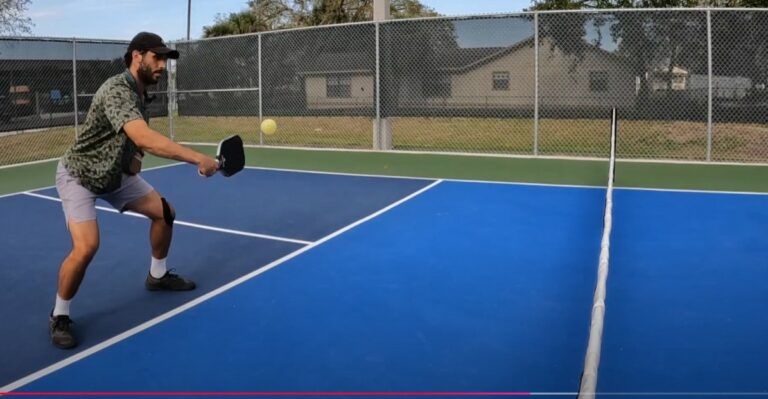
In competitive play, soft volleys act as resets, allowing players to regain control of the point. Use these shots strategically to disrupt your opponent's rhythm and create openings for more aggressive returns later in the game.
3.2 Attack mode: roll volleys and punch volleys
When it’s time to take charge, using aggressive volleys such as the roll volley or punch volley is essential. The roll volley, characterized by topspin, adds both speed and control, making it a challenging shot to defend against. This shot can be potent when aimed towards the opponent's weaker side, forcing them onto the back foot.
On the other hand, the punch volley requires the player to hit with power and direct intention. Timing is crucial executing these volleys effectively can change the momentum of the game. However, knowing when to employ these aggressive plays is just as important as the techniques themselves.
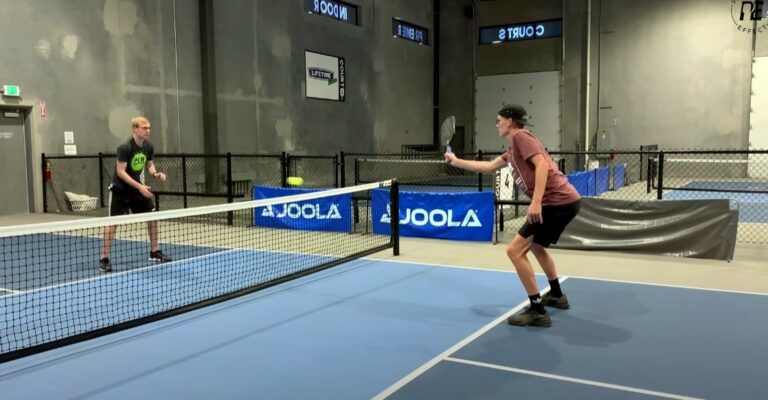
3.3 Defense first: block volleys and the tennis volley
Defensive volleys like the block volley are essential for neutralizing hard-hit shots. The technique mirrors a classical tennis volley, where players maintain a firm wrist to absorb the impact and redirect the ball back into play. This defensive style can serve as a safety net, allowing players to regroup and reposition during high-pressure scenarios.
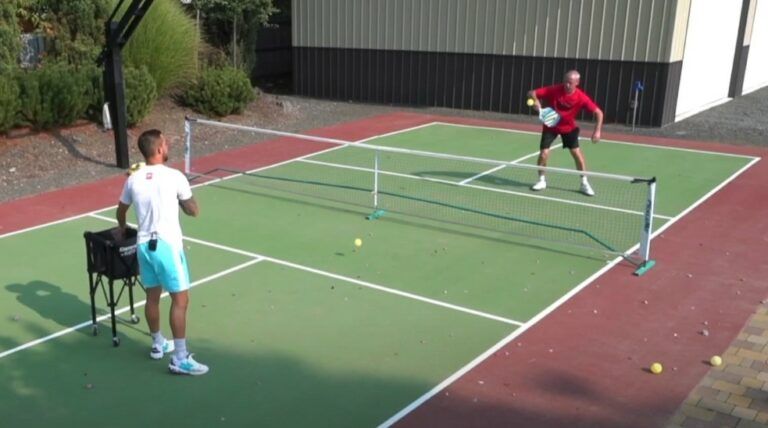
Focusing on block volleys allows players to maintain their position at the net, preventing opponents from easily gaining control of the rally. This strategic aspect cannot be overlooked, as it emphasizes the necessity of adaptability during gameplay.
4. Strategic volleying: thinking beyond the shot
Effective volleying goes beyond mere execution. Players must also hone their strategic thinking to enhance their overall performance. Understanding placement, decision-making, and overall game awareness can elevate seasoned players from skilled performers to true strategists on the court.

4.1 Placement is key: targeting for maximum effect
Strategic placement of volleys can significantly impact game dynamics. Instead of merely aiming for the center of the court, consider various target options such as your opponent’s feet, weaker side, or open gaps. Such targeted tactics serve to confuse and challenge opponents while forcing them to move, often resulting in errors.
This deliberate targeting can be likened to chess each shot is a well-placed piece, aimed at outmaneuvering your opponent. The quicker you can formulate a strategy, the more you can leverage your volleys to dictate play.
4.2 The right volley for the moment: decision-making
An essential part of strategic volleying lies in making informed decisions based on the context of each point. Whether to play aggressively or choose a more defensive shot can often determine the match's outcome. Recognizing the nature of the incoming shot and your position allows for smarter volley selections.
Anticipating your opponent's next move is akin to reading a book before the plot unfolds. The more acutely attuned you are to court dynamics and your opponent's habits, the more effectively you can respond to varying situations.
5. Elevate your game: the volley mindset
To excel at volleying, players must cultivate a mindset that fosters anticipation and quick-thinking capabilities. The mental aspect of the game is as critical as technical prowess; understanding this can separate average players from exceptional ones.
5.1 Anticipation: reading the play before it happens
Developing strong anticipatory skills fundamentally enhances your overall performance. By reading cues such as your opponent's body positioning or previous shot patterns, you can predict their next move. This ability will enable you to position yourself strategically and respond decisively.
As a skilled player, aim to become a keen observer, almost like a detective piecing together clues before a reveal. Anticipation refines your focus, helping you to capitalize on every opportunity.
5.2 Quick thinking: making decisions under pressure
Volleying demands quick decision-making players must constantly assess situations and weigh options in real-time. Practice scenarios that mimic high-stress moments to enhance your ability to choose effective shots under pressure. Mental practice visualizing successful volleys can also improve reaction speed.
Maintaining a composed mentality during intense moments can yield spectacular results. The ability to think quickly and act decisively can create a disengaged opponent, giving you a tactical edge.
6. Drills and practice: sharpening your volley skills
Like any skill, honing your volleying abilities requires consistent practice. Engaging in volley drills and exercises will help reinforce techniques, improve control, and enhance your overall performance during matches.
6.1 Partner drills: developing consistency and control
Partner drills are invaluable for practicing different volley techniques. Design sessions that focus on specific aspects, such as control or placement. Effective communication and constructive feedback between partners can accelerate skill development.
The key is to remain engaged in these drills actively think of them as rehearsals for the main performance. By enhancing your consistency, you cultivate a sense of confidence that translates into match play.
6.2 Wall drills: solo training for reflexes and precision
For players who may not always have a partner available, wall drills are an effective solution. Simply hit the ball against a wall, focusing on maintaining accurate volleys. Adjust the difficulty by changing your distance from the wall or incorporating various speeds into your shots.
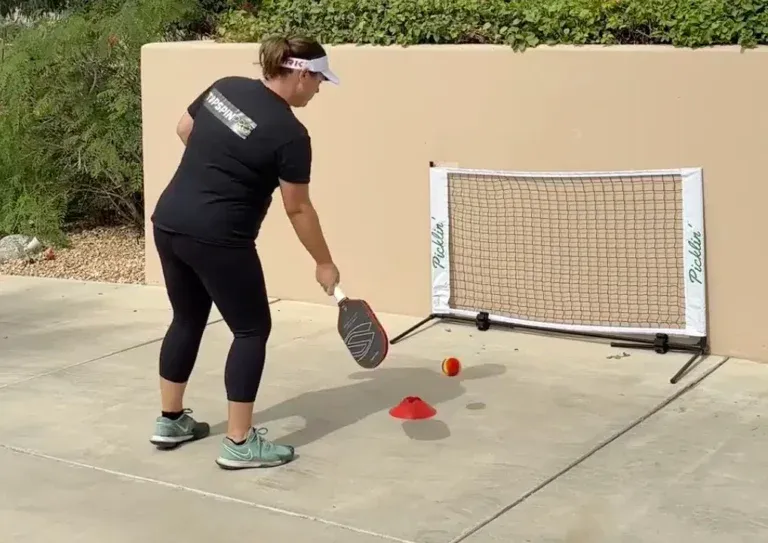
Wall drills sharpen reflexes while improving hand-eye coordination and paddle control. Each rebound off the wall is an opportunity embrace it as a chance to fine-tune your shot execution.
6.3 Game-situation drills: putting it all together
Simulating competitive scenarios through game-situation drills prepares players for real match conditions. Incorporate dinking rallies, speed-up games, and point-play drills to encourage players to integrate technical skills with strategic decision-making.
The true essence of pickleball lies in its dynamic nature; practicing within game-like scenarios helps players navigate the complexities of match play while fostering teamwork and mental focus.
In conclusion, mastery of the volley in pickleball can transform a player's performance, allowing them to dominate the net and control the pace of the game. By dedicating time to practice, refining techniques, and developing a strong mindset, players can elevate their skills and enjoy the competitive and strategic beauty that pickleball offers. Through hard work and persistence, every player can become a formidable force at the net, turning the tide of matches in their favor.










